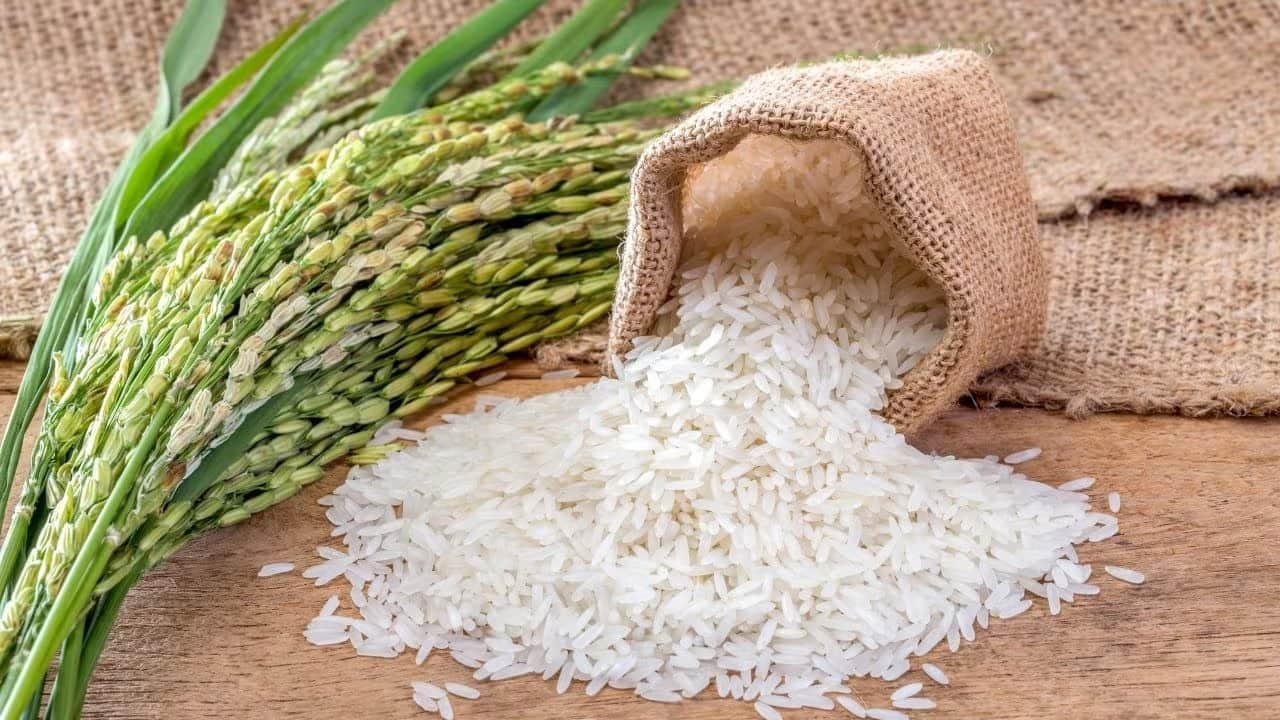The Central Government of India has recently made significant changes to its rice export policy. In a move expected to boost the rice export market, the government has lifted the ban on the export of non-Basmati white rice immediately. Additionally, the export duty on parboiled rice has been reduced from 20 percent to 10 percent. This decision comes in light of favorable monsoon rains that have allowed farmers to cultivate rice on 41.35 million hectares of land this year, surpassing last year’s area of 40.45 million hectares and exceeding the five-year average of 40.1 million hectares.
Impact of the Policy Change
This shift in policy follows a ban imposed back in August 2022 that restricted the export of broken rice and introduced a 20 percent duty on non-Basmati white rice exports. Moreover, a minimum export price of $950 per metric ton was set for Basmati rice. The recent decisions are expected to rejuvenate the rice export sector, which has suffered from previous restrictions.
Industry Reactions
Akshay Gupta, Head of Bulk Exports at KRBL, has expressed satisfaction regarding the government’s actions, noting that the rice industry is optimistic about future prospects. Gupta emphasized that with the removal of all restrictions on rice, a significant increase in exports is anticipated. Notably, Basmati rice represents a whopping 95 percent of KRBL’s total revenue.
Future Export Projections
Agri commodity trader Rajesh Pahadia highlighted that while the rice industries would benefit from the relaxed restrictions, achieving the projected export target of 22 million tonnes within a year may take time. He also pointed out that since the announcement of policy changes, prices in the international market have seen a decline of approximately 20-25 dollars per metric ton. Furthermore, in domestic markets, the price of white rice has witnessed a marginal increase of Rs 2.
Concerns and Considerations
Pahadia expressed caution regarding the sustainability of the current rice policy, suggesting it may not be a long-term strategy. If rice prices experience a subsequent increase, it is possible that the government will need to implement stricter measures again. The market will need to be closely monitored in the coming months to assess the impacts of these regulatory changes.
Conclusion
In summary, the Indian government’s recent modifications to rice export regulations show promise for revitalizing the industry and enhancing export opportunities. With increased sowing areas and positive industry feedback, the rice market is poised for potential growth. However, stakeholders are urged to remain vigilant to adapt to any future changes in government policy influenced by price fluctuations.












